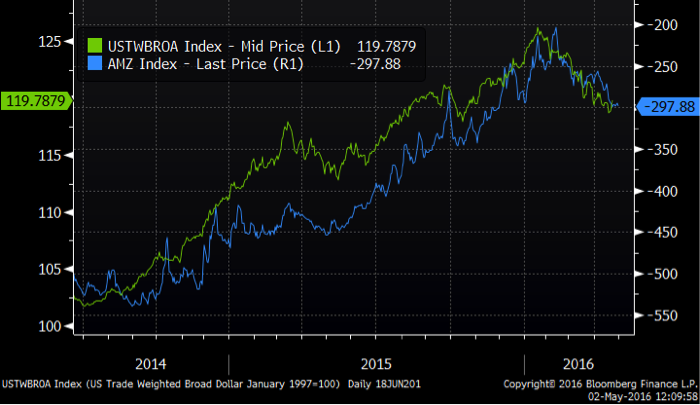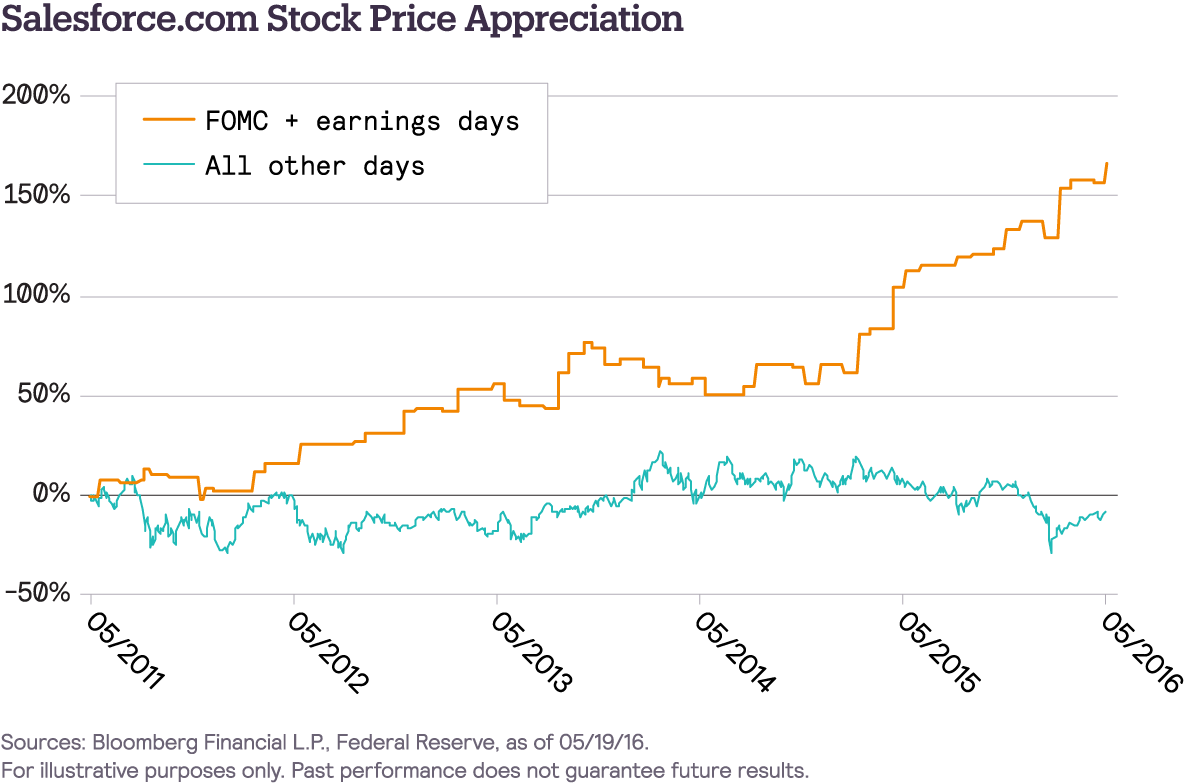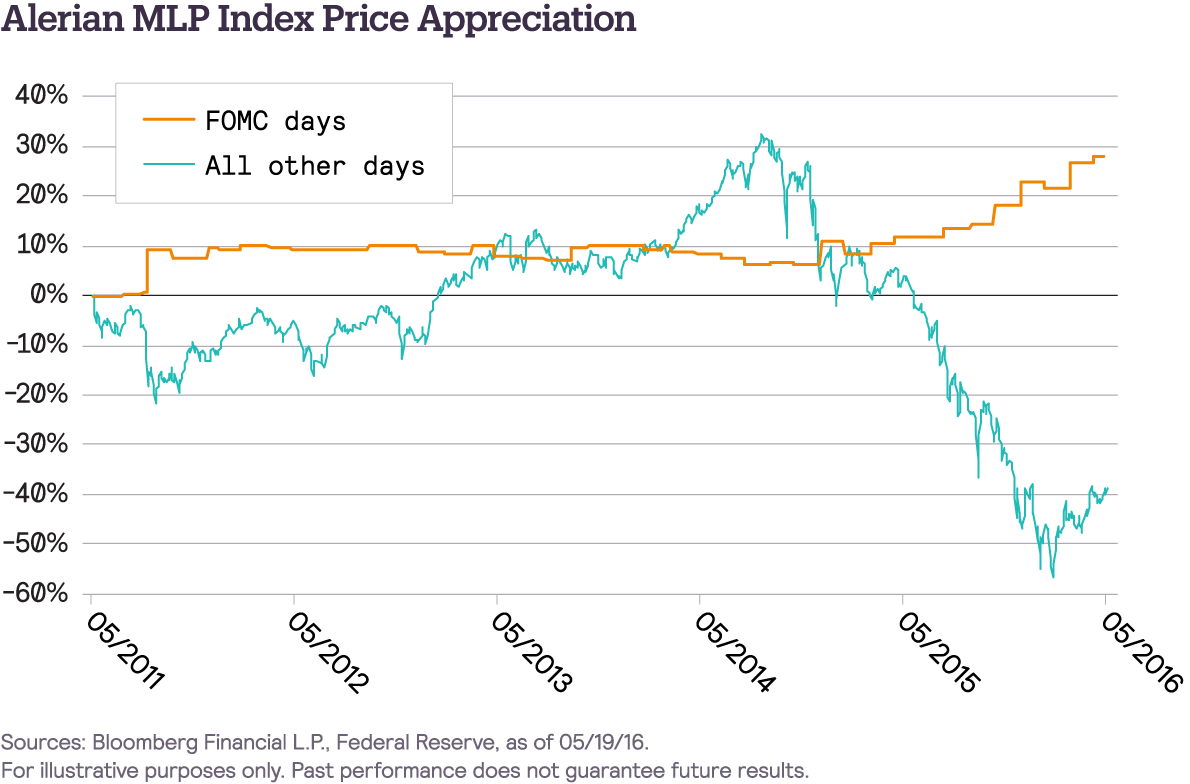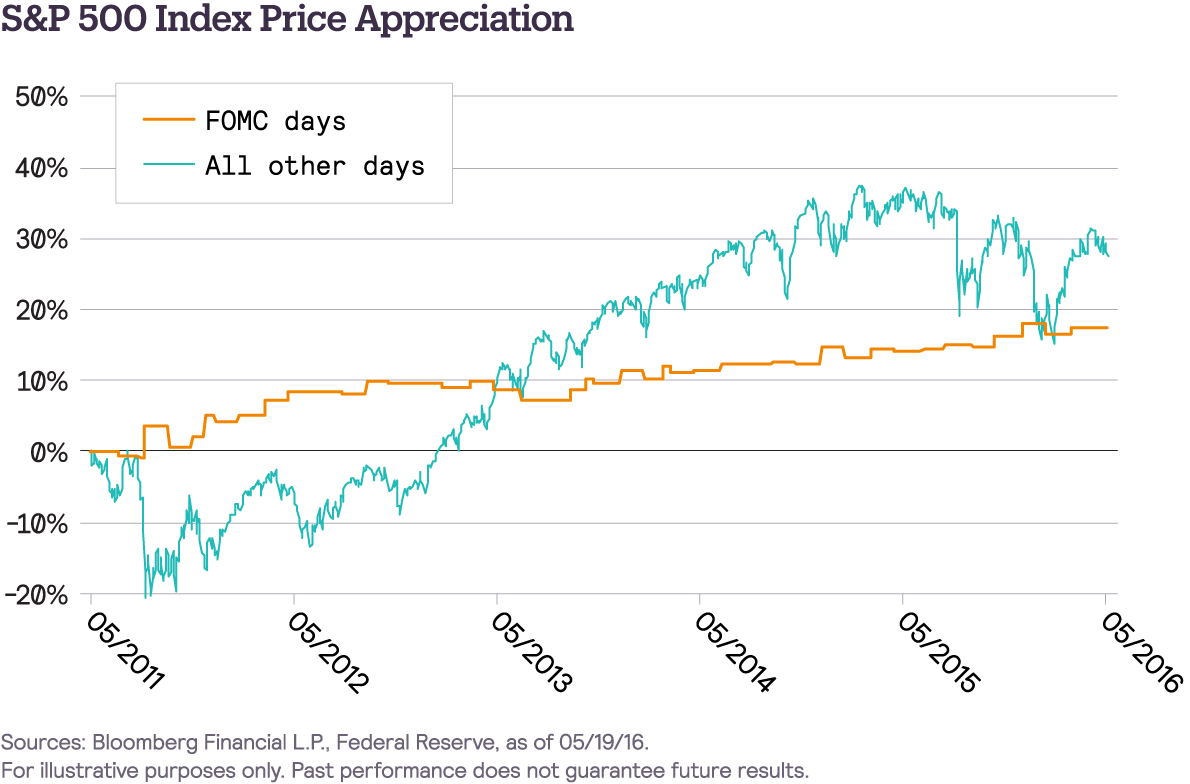Michael: My father is no different than any powerful man, any man with power, like a president or senator.
Kay Adams: Do you know how naïve you sound, Michael? Presidents and senators don’t have men killed.
Michael: Oh. Who’s being naïve, Kay?
– “The Godfather” (1972)
As Tolstoy famously said, there are only two stories in all of literature: Either a man goes on a journey, or a stranger comes to town. Of the two, we are far more familiar and comfortable with the first in the world of markets and investing, because it’s the subjectively perceived narrative of our individual lives. We learn. We experience. We overcome adversity. We get better. Or so we tell ourselves.
But when the story of our investment age is told many years from now, it won’t be remembered as a Hero’s Journey, but as a classic tale of a Mysterious Stranger. It’s a story as old as humanity itself, and it always ends with the same realization by the Stranger’s foil: what was I thinking when I signed that contract or fell for that line? Why was I so naïve?
The Mysterious Stranger today, of course, is not a single person but is the central banking Mafia apparatus in the US, Europe, Japan, and China. The leaders of these central banks may not be as charismatic as Robert Preston in The Music Man, but they hold us investors in equal rapture. The Music Man uses communication policy and forward guidance to get the good folks of River City to buy band instruments. Central bankers use communication policy and forward guidance to get investors large and small to buy financial assets. It’s a difference in degree and scale, not in kind.
The Mysterious Stranger is NOT a simple or single-dimensional fraud. No, the Mysterious Stranger is a liar, to be sure, but he’s a proper villain, as the Brits would say, and typically he’s quite upfront about his goals and his use of clever words to accomplish those goals. I mean, it’s not like Kay doesn’t know what she’s getting herself into when she marries into the Corleone family. Michael is crystal clear with her, right from the start. But she wants to believe so badly in what Michael is telling her when he suddenly reappears in her life, that she suspends her disbelief in his words and embraces the Narrative of legitimacy he presents. I think Michael actually believed his own words, too, that he would in fact be able to move the Family out of organized crime entirely, just as I’m sure that Yellen believed her own words of tightening and light-at-the-end-of-the-tunnel in the summer of 2014. Ah, well. Events doth make liars of us all.
Draw your own comparisons to this story arc of The Godfather, with investors playing the role of Kay and the Fed playing the role of Michael Corleone. I think it’s a pretty neat fit. It ends poorly for Kay, of course (and not so great for Michael). Let’s see if we can avoid her fate.
But like Kay, for now we are married to the Mob … err, I mean, the Fed and competitive monetary policies, as reflected in the relative value of the dollar and other currencies. The cold hard fact is that since the summer of 2014 there has been a powerful negative correlation between the trade-weighted dollar and oil, between the trade-weighted dollar and emerging markets, and between the trade-weighted dollar and industrial, manufacturing, and energy stocks. Here’s an example near and dear to the hearts of any energy investor, the trade-weighted dollar shown in green versus the inverted Alerian MLP index (ticker AMZ), a set of 43 midstream energy companies, principally pipelines and infrastructure, shown in blue.

© Bloomberg Finance L.P. as of 05/02/2016. For illustrative purposes only. Past performance does not guarantee future results.
This is a -94% correlation, remarkably strong for any two securities, much less two – pipelines and the dollar – that are not obviously connected in any fundamental or real economy sort of way. But this is always what happens when the Mysterious Stranger comes to town: our traditional behavioral rules (i.e., correlations) go out the window and are replaced with new behavioral rules and correlations as we give ourselves over to his smooth words and promises. Because that’s what a Mysterious Stranger DOES – tell compelling stories, stories that stick fast to whatever it is in our collective brains that craves Narrative and Belief.
There’s nothing particularly new about this phenomenon in markets, as there have always been “story stocks”, especially in the technology, media, and telecom (TMT) sector where you have more than your fair share of charismatic management storytellers and valuation multiples that depend on their efforts.
My favorite example of a “story stock” is Salesforce.com (ticker CRM), a $55 billion market cap technology company with 19,000 employees and about $6.5 billion in revenues. I’m pretty sure that Salesforce.com has never had a single penny of GAAP earnings in its existence (in FY 2016 the company lost $0.07 per share on a GAAP basis). Instead, the company is valued on the basis of non-GAAP earnings, but even there it trades at about an 80x multiple (!) of FY 2017 company guidance of $1.00 per share. Salesforce.com is blessed with a master story-teller in its CEO, Marc Benioff, who – if you’ve ever heard him speak – puts forth a pretty compelling case for why his company should be valued on the basis of bookings growth and other such metrics. Of course, the skeptic in me might note that it is perhaps no great feat to sell more and more of a software service at a loss, particularly when your salespeople are compensated on bookings growth, and the cynic in me might also note that for the past 10+ years Benioff has sold between 12,500 and 20,000 shares of CRM stock every day through a series of 10b5-1 programs. But hey, that’s why he’s the multi-billionaire (and a liquid multi-billionaire, to boot) and I’m not. Here’s the 5-year chart for CRM:

© Bloomberg Finance L.P. as of 05/20/2016. For illustrative purposes only. Past performance does not guarantee future results.
Not bad. Up 138% over the past five years. A few ups and downs, particularly here at the start of 2016, although the stock has certainly come roaring back. But when you dig a little deeper …
There are 1,272 trading days that comprise this 5-year chart. 21 of those trading days, less than 2% of the total, represent the Thursday after Salesforce.com reports quarterly earnings (always on a Wednesday after the market close). If you take out those 21 trading days, Salesforce.com stock is up only 35% over the past five years. How does this work? What’s the causal process? Every Wednesday night after the earnings release, for the past umpteen years, Benioff appears on Mad Money, where Cramer’s verdict is always an enthusiastic “Buy, buy, buy!” Every Thursday morning after the earnings release, the two or three sell-side analyst “axes” on the stock publish their glowing assessment of the quarterly results before trading begins. It’s not that every investor on Thursday believes what Cramer or the sell-side analysts are saying, particularly anyone who’s short the stock (CRM always has a high short interest). But in a perfect example of the Common Knowledge Game, if you ARE short the stock, you know that everyone else has heard what Cramer and the sell-side analysts (the Missionaries, in game theory lingo) have said, and you have to assume that everyone else will act on this Common Knowledge (what everyone knows that everyone knows). The only logical thing for you to do is cover your short before everyone else covers their short, resulting in a classic short squeeze and a big up day. Now to be sure, this isn’t the story of every earnings announcement … sometimes even Marc Benioff and his lackeys can’t turn a pig’s ear of a quarter into a silk purse … but it’s an incredibly consistent behavioral result over time and one of the best examples I know of the Common Knowledge Game in action.
But wait, there’s more. Now let’s add the Fed’s storytelling and its Common Knowledge Game to Benioff’s storytelling and his Common Knowledge Game. Over the past five years there have been 43 days where the FOMC made a formal statement. If you owned Salesforce.com stock for only the 43 FOMC announcement days and the 21 earnings announcement days over the past five years, you would be UP 167%. If you owned Salesforce.com stock for the other 1,208 trading days, you would be DOWN 8%.

Okay, Ben, how about other stocks? How about entire indices? Well, let’s look again at that Alerian MLP index. Over the past five years, if you had owned the AMZ for only the 43 FOMC announcement days over that span, you would be UP 28%. If you owned it for the other 1,229 trading days you would be DOWN 39%. Over the past two years, if you had owned the AMZ for only the 16 FOMC announcement days over that span, you would be UP 18%. If you owned it for the other 487 trading days you would be DOWN 48%. Addition by subtraction to a degree that would make Lao Tzu proud.

I’ll repeat what I wrote in Optical Illusion / Optical Reality … it’s hard to believe that MLP investors should be paying a lot more attention to G-7 meetings and reading the Fed governor tea leaves than to gas field depletion schedules and rig counts, but I gotta call ‘em like I see ‘em. In fact, if there’s a core sub-text to Epsilon Theory it’s this: call things by their proper names. That’s a profoundly subversive act. Maybe the only subversive act that really changes things. So here goes. Today there are vast swaths of the market, like emerging markets and commodity markets and industrial/energy stocks, that we should call by their proper name: a derivative expression of FOMC policy. Used to be that only tech stocks were “story stocks”. Today, almost all stocks are “story stocks”, and the Common Knowledge Game is more applicable to helping us understand market behaviors and price action than ever before.
You see this phenomenon clearly in the entire S&P 500, as well, although not as starkly with a complete plus/minus reversal in performance between FOMC announcement days and all other days. Over the past five years, if you had owned the SPX for only the 43 FOMC announcement days over that span, you would be UP 17%. If you owned it for the other 1,229 trading days you would be UP 28%. Over the past two years, if you had owned the SPX for only the 16 FOMC announcement days over that span, you would be UP 5%. If you owned it for the other 487 trading days you would be UP 2%.

What do I take from eyeballing these charts? The Narrative effect and the impact of the Common Knowledge Game have accelerated over the past two years (ever since Draghi and Yellen launched the Great Monetary Policy Schism of June 2014); they’re particularly impactful during periods when stock prices are otherwise declining, and they’re spreading to broader equity indices. That’s what it looks like to me, at least.
So what does an investor do with these observations? Two things, I think, one a practical course of action and one a shift in perspective. The former being more fun but the latter more important.
First, there really is a viable research program here, and what I’ve tried to show in this brief note is that there really are practical implementations of the Common Knowledge Game that can support investment strategies dealing with story stocks. I want to encourage anyone who’s intrigued by this research program to take the data baton and try this on your favorite stock or mutual fund or index. You can get the FOMC announcement dates straight from the Federal Reserve website. This doesn’t require an advanced degree in econometrics to explore.
I don’t know where this research program ends up, but it’s my commitment to do this in plain sight through Epsilon Theory. Think of it as the equivalent of open source software development, just in the investment world. I suspect it’s hard to turn the Common Knowledge Game into a standalone investment strategy because you’re promising that you’ll do absolutely nothing for 98 out of 100 trading days. Good luck raising money on that. But it’s a great perspective to add to our current standalone strategies, especially actively managed funds. Stock-pickers today are being dealt one dull, low-conviction hand after another here in the Grand Central Bank Casino, and the hardest thing in the world for any smart investor, regardless of strategy, is to sit on his hands and do nothing, even though that’s almost always the right thing to do. Incorporating an awareness of the Common Knowledge Game and its highly punctuated impact makes it easier to do the right thing – usually nothing – in our current investment strategies.
And that gets us to the second take-away from this note. The most important thing to know about any Mysterious Stranger story is that the Stranger is the protagonist. There is no Hero! When you meet a Mysterious Stranger, your goal should be simple: survive the encounter.
This is an insanely difficult perspective to adopt, that we (either individually or collectively) are not the protagonist of the investing age in which we live. It’s difficult because we are creatures of ego. We all star in our own personal movie and we all hear the anthems of our own personal soundtrack. But the Mysterious Stranger is not an obstacle to be heroically overcome, as if we were Liam Neeson setting off (again! and again!) to rescue a kidnapped daughter in yet another “Taken” sequel. At some point this sort of heroism is just a reflection of bad parenting in the case of Liam Neeson, and a reflection of bad investing in the case of stock pickers and other clingers to the correlations and investment meanings of yesterday.
The correlations and investment meanings of today are inextricably entwined with central bankers and their storytelling. To be investment survivors in the low-return and policy-controlled world of the Silver Age of the Central Banker, we need to recognize the impact of their words and incorporate that into our existing investment strategies, while never accepting those words naïvely in our hearts.
Ben Hunt, Ph.D., is the chief risk officer at Salient and the author of Epsilon Theory, a newsletter and website that examines markets through the lenses of game theory and history.